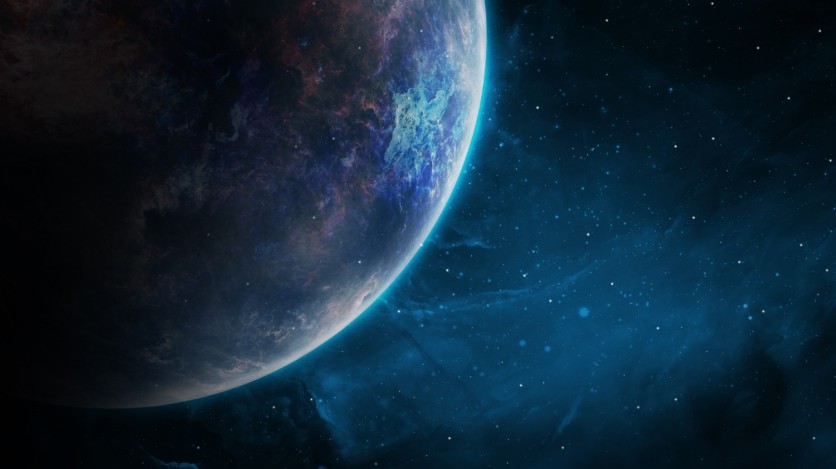An international team of researchers just presented proof for the existence of a new form of a planet called a water world via an analysis of a planetary system 218 light-years away.
The exoplanets Kepler-138 c and Kepler-138 d were studied using data from NASA's Hubble and Spitzer space observatories, and it was determined that the planets' overall composition must be primarily water.

Water Worlds
The system's newest planet, Kepler-138 e, is a tiny planet that takes 38 days to complete an orbit and is located farther from its star than the other three planets.
NASA said that the planet is located in the star's habitable zone, a temperate area where a planet absorbs just the proper amount of heat from its little to support the presence of liquid water.
But since it doesn't appear to transit its host star, it's still unclear what kind of planet this is. Astronomers have been able to measure the exoplanet's size by observing its transit.
With the addition of Kepler-138 e, the masses of the previously identified planets were once more determined using the Transit Timing Variation (TTV) method, which involves monitoring minute variations in the precise moments of the planets' transports in front of their stars brought on by the gravitational pull of neighboring planets.
Remarkable Find
NASA notes that Planets c and d have substantially lower densities than the Earth despite having volumes that are more than three times as large and masses that are twice as large. This suggests that they are not primarily composed of rock and metal like the Earth.
This is remarkable considering that the majority of Earth-sized planets that have been thoroughly researched so far all appeared to be enlarged versions of it.
They arrive at this conclusion by comparing the size and mass of the planets to models, and they find that up to half of their volume should be composed of substances that are heavier than hydrogen or helium but lighter than rock.
Water is the most prevalent of these substances. Astronomers had only hypothesized about these planets in the past, referring to them as "water worlds" or "ocean planets" unofficially.
"Whether Kepler-138 c and d are among a class of planets - water worlds - that are common but difficult to find, or truly rare, they remind us that exoplanets are often very different from the worlds we are familiar with in our Solar System," said Diana Dragomir, an assistant professor in the Department of Physics and Astronomy at The University of New Mexico and co-author of the study.
"These water worlds will continue to stimulate our curiosity and will remain choice targets for astronomers' most powerful telescopes."
Related Article: NASA's NEO Surveyor Achieves Milestone as it Gears for Monitoring Hazardous Asteroids to Advance Planetary Defense

ⓒ 2025 TECHTIMES.com All rights reserved. Do not reproduce without permission.
![Best Gaming Mouse For Gamers With Smaller Hands [2025]](https://d.techtimes.com/en/full/461466/best-gaming-mouse-gamers-smaller-hands-2025.png?w=184&h=103&f=6fd057ef777bd39251d4e7e82e9b23f1)


![Best iPads that Students Can Use in School [2025]](https://d.techtimes.com/en/full/461431/best-ipads-that-students-can-use-school-2025.jpg?w=184&h=103&f=516289300e12e9647ef3d5bd69f49b70)
